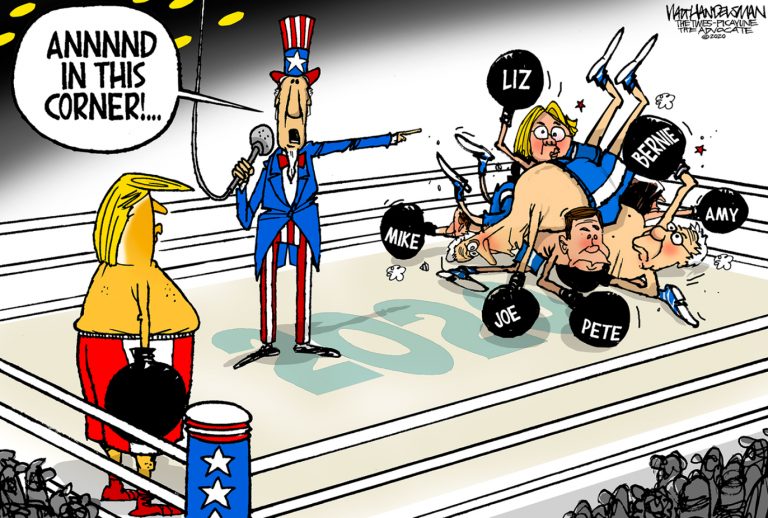

- #Progressive stack ranking drivers#
- #Progressive stack ranking driver#
- #Progressive stack ranking download#
The rates shown here are for comparative purposes only and should not be considered “average” rates available from individual insurers.
#Progressive stack ranking drivers#
To get the study rates shown here, we computed the mean rate for male and female drivers ages 25, 35, and 60 who drive 12,000 miles per year, have medium coverage, good credit, and a clean driving record.
#Progressive stack ranking driver#
Clean driving records, as well as records with one accident, one speeding violation, or one DUI were also used in the calculations of certain driver archetypes. Three car insurance coverage levels were used, as were credit tiers of good, fair, and poor. Vehicles used include the 20 Honda Civic, 20 Toyota RAV4, and 20 Ford F-150, with annual mileage ranging from 6,000 to 12,000. Our study rates are based on profiles for both male and female drivers aged 25, 35, and 60. Quadrant obtains publicly available rate data that car insurers file with state regulators. I commit to not checking my phone during this time together, both because it takes my focus away from our space and because cell reception is horrible under. News worked with Quadrant Information Services to analyze a report of insurance rates in all 50 states from most of the largest national car insurance companies and agencies, though not every company operates in every state. Here is a checklist of the information and values you will need to use the stack ranking template.
#Progressive stack ranking download#
To get comparative insurance rates for this study, U.S. Download our free stack ranking template for Excel. In addition, we maintain a separate business team that has no influence over our methodology or recommendations.

All sample products provided for review are donated after review. Our 360 Reviews team does not take samples, gifts, or loans of products or services we review. We also asked whether they’d recommend the company and if they planned to renew their policy. The survey questions covered satisfaction with the ease of filing a claim, customer service, claim status communication, claim resolution, and overall value. To build our ratings, we researched more than 31 car insurance companies and agencies, analyzed 10 third-party review sources, and surveyed 9,502 consumers who opened a policy or filed a car insurance claim in the last five years. Our 360 Reviews team draws on this same unbiased approach to rate the products that you use every day. News & World Report, we rank the Best Hospitals, Best Colleges, and Best Cars to guide readers through some of life’s most complicated decisions. We used their responses to build our Best Car Insurance Companies Rankings, as well as our sub-rankings: Best Car Insurance Companies - Customer Service, Best Car Insurance Companies - Claims Handling, and Best Car Insurance Companies - Customer Loyalty, and this company profile.At U.S. In general, questions for consumers who have filed a claim were given more weight than questions for consumers who have only opened a policy. These questions covered satisfaction with the ease of filing a claim, customer service, claim status communication, claim resolution, and overall value. Of the survey respondents, 177 filed a claim with Progressive, 252 filed a claim with USAA, 197 started a policy with Progressive and 316 started a policy with USAA.

Typical distribution is 15/70/15 but can vary. Since the 10 who voluntarily leave in a stack ranking regime are overwhelmingly likely to be your best performers, if you give them poor ratings it will come back and bite you one day, if any of them end up working for a customer of yours and gets wind that you stitched them up. We surveyed 4,806 consumers who filed a car insurance claim or started a new auto insurance policy in the last five years, asking questions about their car insurance company. Pioneered by General Electric’s CEO Jack Welch in the 1980s, stack ranking, also known as forced distribution, is an approach to talent management where employees are ranked on a bell curve as exemplary, meeting expectations, or in need of improvement.


 0 kommentar(er)
0 kommentar(er)
